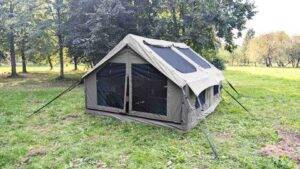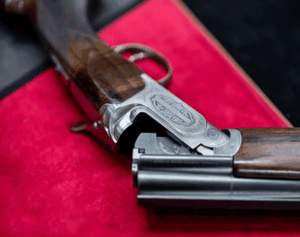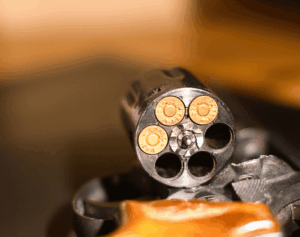When planning a camping or backpacking trip it is essential to only travel with necessities. Space is limited and weight can play a big factor – especially when your excursion includes carrying everything you pack or flying with a commercial airline to that remote adventure location. But don’t leave your CPAP machine behind! For those that do not know, CPAP stands for continuous positive airway pressure and about 18 million Americans with sleep apnea use these machines every night to keep their airways open. Many people have complained about lugging around the heavy lead-acid battery and bulky apparatus associated with CPAP equipment during travels. Since CPAP users almost always snore loudly without their CPAP machines, their travel companions will also most likely want them to bring along the machine.
Companies have heard these complaints and responded by creating travel-friendly CPAP machines and equipment that are smaller, lighter, and more mobile. Manufacturers such as ResMed, Philips Respironics, and Devilbiss have decreased their CPAP machine’s size and weight by half while adding additional technological advances. Now, CPAP machines can fit in the palm of your hand, taking up only a small amount of luggage space without sacrificing any functionality. These machines are highly advanced with significant amounts of data storage. One of the major improvements in the new lithium battery, which is small and lightweight but has a high-performance capacity. This is ideal for camping or traveling without power outlets. The battery lasts between 20-25 hours without a humidifier. Most users forgo the humidifier while traveling since it is so draining on the battery. If you happen to come across a power supply, the battery is rechargeable in approximately 3 hours. All CPAP machines come with a well-cushioned travel case, which can accommodate a mask and the respective humidifier. Of course, you will also need to make sure you buy distilled water and bring this along to use with your CPAP. This is the best choice to use with CPAP machines, as it is pure water that is free of minerals and bacteria.
While packing a CPAP machine has become easy, getting one on a plane can still be a challenge. We recommend that you do not pack them in your checked luggage, since they are likely to be lost or damaged during travel and then you could be without a machine for days. The best way to travel with a CPAP machine is in a carry-on bag. Like laptops and other battery-powered electronics, CPAP batteries must be taken out of carry-on bags when going through security, but the rest of the equipment can stay in the bag. The X-ray may have difficulty examining CPAP machines; therefore, TSA may need to take additional security measures. This will include swabbing the device for explosive residue. To ensure that the machine stays clean throughout the security process, we recommend that you place it in a plastic bag so it does not come in contact with the security bins. Also, if it happens to be swabbed for explosives, you can request the TSA officer use new gloves and a new swab.
Preparing for a camping trip can be stressful in itself. Don’t allow CPAP to hinder your planning or desire to travel. There are no more excuses for suffering a poor night’s sleep with the new improvements to CPAP technology. If you are properly prepared, your CPAP compliance will not suffer and you will enjoy the trip without sleep deprivation. It is time to untether your machine from your bedroom and go on an adventure.







